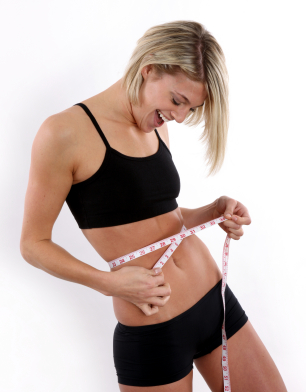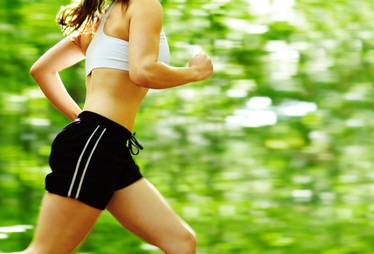by Wayne Thomas
As 2013 gets well underway, many people are asking themselves what they can do to boost their health and well-being With the majority of us juggling long working hours, and little time between getting home and putting the kids to bed for anything other than a ready meal in front of the TV, it is difficult to assume an attitude towards daily exercise and healthy eating that can bring so many benefits. Increasingly, Pilates is becoming the number one choice of regime.
What is Pilates?
Pilates is an intense but somewhat slower paced exercise system that shares more characteristics with yoga and tai chi than it does with other, heavier forms of exercise like resistance and circuit training.
It was developed early on in the 20th Century by a German inventor and fitness guru as a way of combating modern life’s detrimental effects on posture and health.
Many of the earliest Pilates students were actually dancers, who studied the routine directly under Joseph Pilates and then went to open schools offering exercise classes of their own.
As an exercise routine, it comprises a number of core principles – precision and flow of movement, muscle control, focus in the body’s core and, perhaps most importantly, breathing.
Why is it so popular?
Despite its long established routes, its popularity has only seen a sharp increase in recent years, as people’s attitudes towards lifestyle in general improved. The number of people using Pilates today is thought to be well into the millions. Pilates experts believe it works towards making people aware of their body and its needs, affecting posture in a way that translates to how you sit and how you carry yourself when you walk.
Another truth in the matter of its popularity is that not everyone wants to look like Superman or She-Hulk. Pilates, when combined with a healthy diet, works towards reducing the body’s levels of stored fat and toning the muscles beneath; strengthening, toughening and lengthening them.
Like yoga, Pilates also improves flexibility which, in the long run, can help to reduce back and neck pain, as well as joint and muscle soreness. Although there aren’t many naturally occurring situations in life that require you to tie yourself into something resembling a human mariner’s knot, improved flexibility will enable you to go through the movements of day-to-day life without straining or tiring yourself so easily.
Pilates as an Alternative to the Gym
Pilates is also seen as an interesting and engaging alternative to the traditional gym workout – which is arguably what puts so many people off going to the gym in the first place.
Resistance training with equipment like barbells, dumbbells and kettlebells is all about repetition – repeating a movement again and again until the muscle maxes out, or the designated number of sets is completed. Similarly, many cardio workouts entail running on a treadmill and staring out of a window for half an hour, or moving between long stretches on the cross-trainer and exercise bike.
Pilates provides diversity. Repetitions are low – usually fewer than 10 – and movements are less constrained and more representative of the fluid, naturalistic movements carried out by the body in its day-to-day activity.
What exactly are the benefits of Pilates?
As with many other forms of exercise, Pilates works wonders when it comes to relieving the stress of working an intensive job, experiencing financial difficulties, or raising boisterous kids. Certain chemicals in the body, particularly norepinephrine and cortisol, cause stress, and regular exercise helps to burn them away. Looking at the bigger picture, Pilates can relieve stress for the simple fact that it encourages a more positive self-perception and increases energy levels.
Another huge benefit of Pilates – and perhaps one factor the majority of people are most interested in – is that it burns calories effectively. This is because Pilates calls on multiple muscles and body areas at once – rather than isolating a single muscle or muscle group. After time, this makes for a well-rounded physique, where no muscle or muscle group is more or less developed than the next.
The average person will burn, depending on their body weight, anywhere between 350 and 440 calories per hour when doing Pilates to an intermediate level.
Does Pilates work for everyone?
Its pacing and intensity make it ideal for anyone, from exercise newbies after an accessible system and fitness wizards looking for a new direction, to amateur body builders seeking an effective supplement to a heavy weight training regime. It has to be, in terms of age range, one of the most widely embraced kinds of exercise system.
Pilates can be practiced at home, since the amount of equipment required depends on the approach you take. However, it’s highly recommended that those who are interested look into the classes available in their area. The knowledge of an instructor will help you to avoid undue injury and get the most out of a vigorous routine.
Whatever fitness route you choose to improve your well-being and achieve your fitness goals in 2013, give Pilates a try – you might never look back.
(Wayne Thomas has been studying and practicing Pilates for years. He works at Live Pilates, a company offering classes across the North West of the UK. For more information, visit: http://www.live-pilates.co.uk/.)





